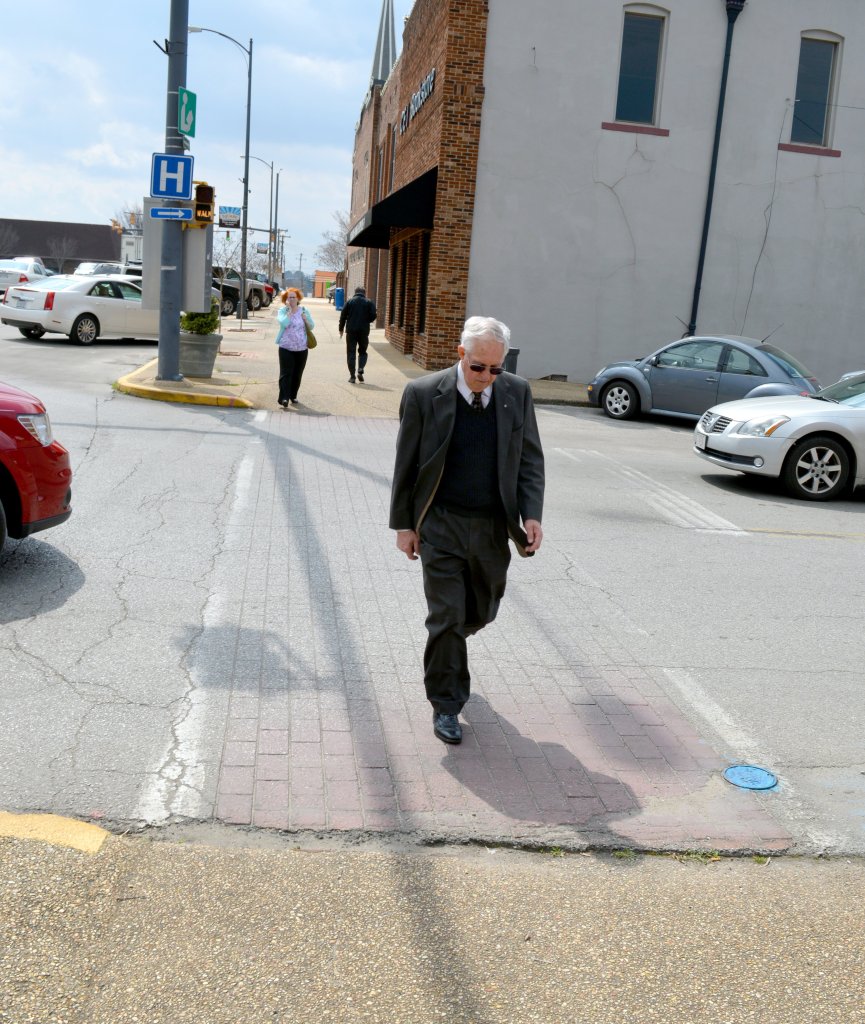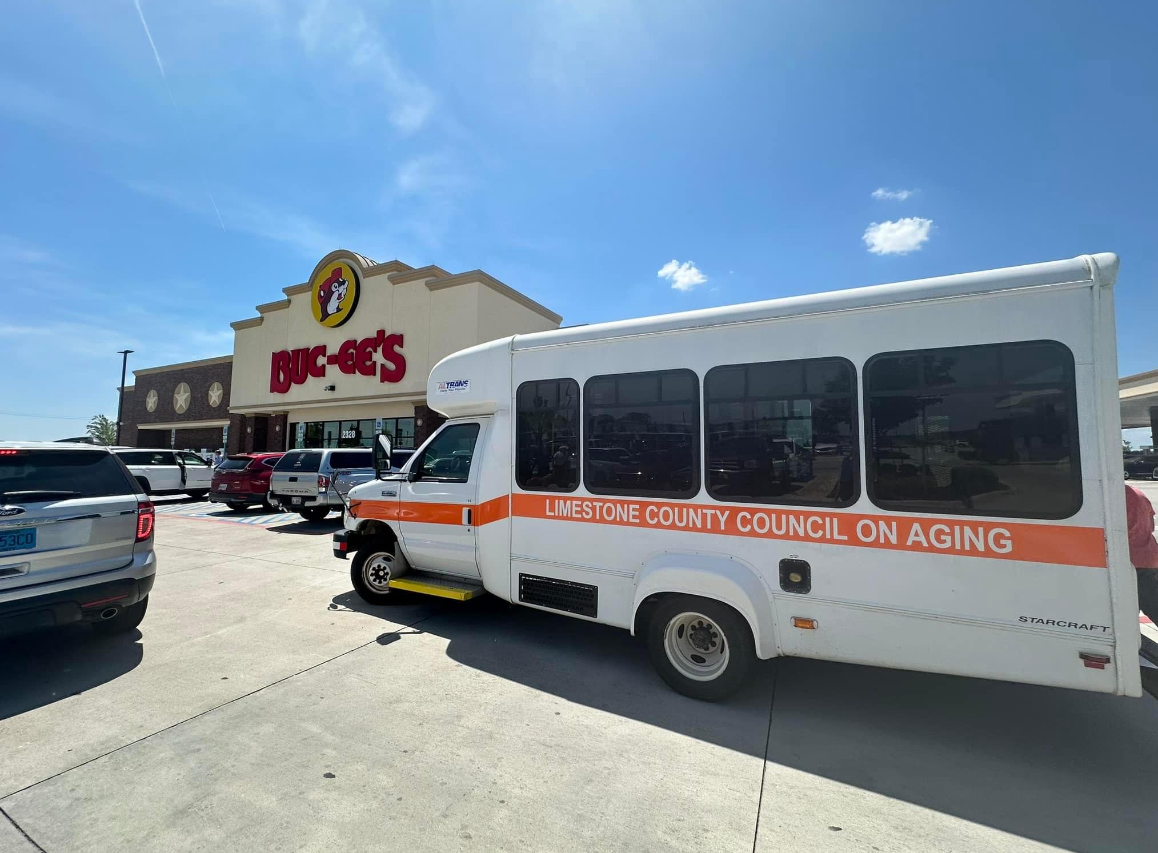Pedestrian crosswalks: Do you know the law?
Published 2:00 am Wednesday, March 26, 2014

- Athens resident Kenneth Crowley walks across a downtown crosswalk Tuesday afternoon at the intersection of Jefferson and Market streets.
Editor’s note: A News Courier reporter recently saw three elderly women crossing a signaled crosswalk in downtown Athens. Instead of yielding to the pedestrians, three motorists made left turns over the crosswalk. The women, who had the right of way, had to stop in the middle of the crosswalk to let the traffic pass.
Do you know the law when it comes to pedestrian crosswalks?
Many drivers and pedestrians travel through them daily, and most know the rules. Those who don’t know the rules should know there were 4,743 pedestrian fatalities nationwide in 2012, according to data released this month for the Governors Highway Safety Association. That data includes deaths that occurred on public roadways. Some of the fatalities occurred in nearby cities such as Huntsville and Birmingham.
According to the study, the number of pedestrians killed in United States appears to have dropped in 2013. In Alabama, during the first half of 2012, there were 35 pedestrian traffic fatalities, according to the data. The state was down to 28 pedestrian traffic deaths in 2013.
“I encourage all pedestrians and drivers to always be aware of their surroundings,” Athens Police Chief Floyd Johnson said. “When I talk with groups about safety, I always stress, ‘Watch the other person.’”
Crosswalks
According to the Code of Alabama, when it comes to pedestrian-control signals or signaled crosswalks, pedestrians should follow what the signals indicate. If a signal flashes “WALK,” pedestrians facing the signal can proceed across the roadway in the direction of the signal and should be given the right of way by the drivers of all vehicles, according to the law.
A “don’t walk” or flashing “don’t walk” signal means no pedestrian should start to cross the roadway in the direction of the signal, but any person who has partially completed the crossing shall proceed to the sidewalk while the “don’t walk” signal is showing.
When traffic-control signals are not in place or not in operation, the driver of a vehicle should yield the right of way — slowing down or stopping —to a pedestrian crossing the roadway within a crosswalk when the pedestrian is upon the portion of the roadway that the vehicle is traveling or when the pedestrian is approaching so closely from the opposite half of the roadway that they could be in danger.
However, a pedestrian cannot suddenly leave a curb or other place of safety and walk or run into the path of a vehicle so close that there is an immediate hazard, according to the law.
Crossing areas other than crosswalks
What about crossing at intersections without crosswalks?
The law states that pedestrians crossing the roadway other than within a marked crosswalk should yield the right of way to all vehicles. Pedestrians should also not cross an intersection at any place except in the marked area where traffic-control signals are in operation. Pedestrians should also not cross a roadway intersection diagonally.
Drivers should exercise care
According to the law, every driver should exercise care to avoid colliding with any pedestrian and should give warning by sounding the horn when necessary. Drivers should also exercise precaution when observing any child or any obviously confused, incapacitated or intoxicated person.





